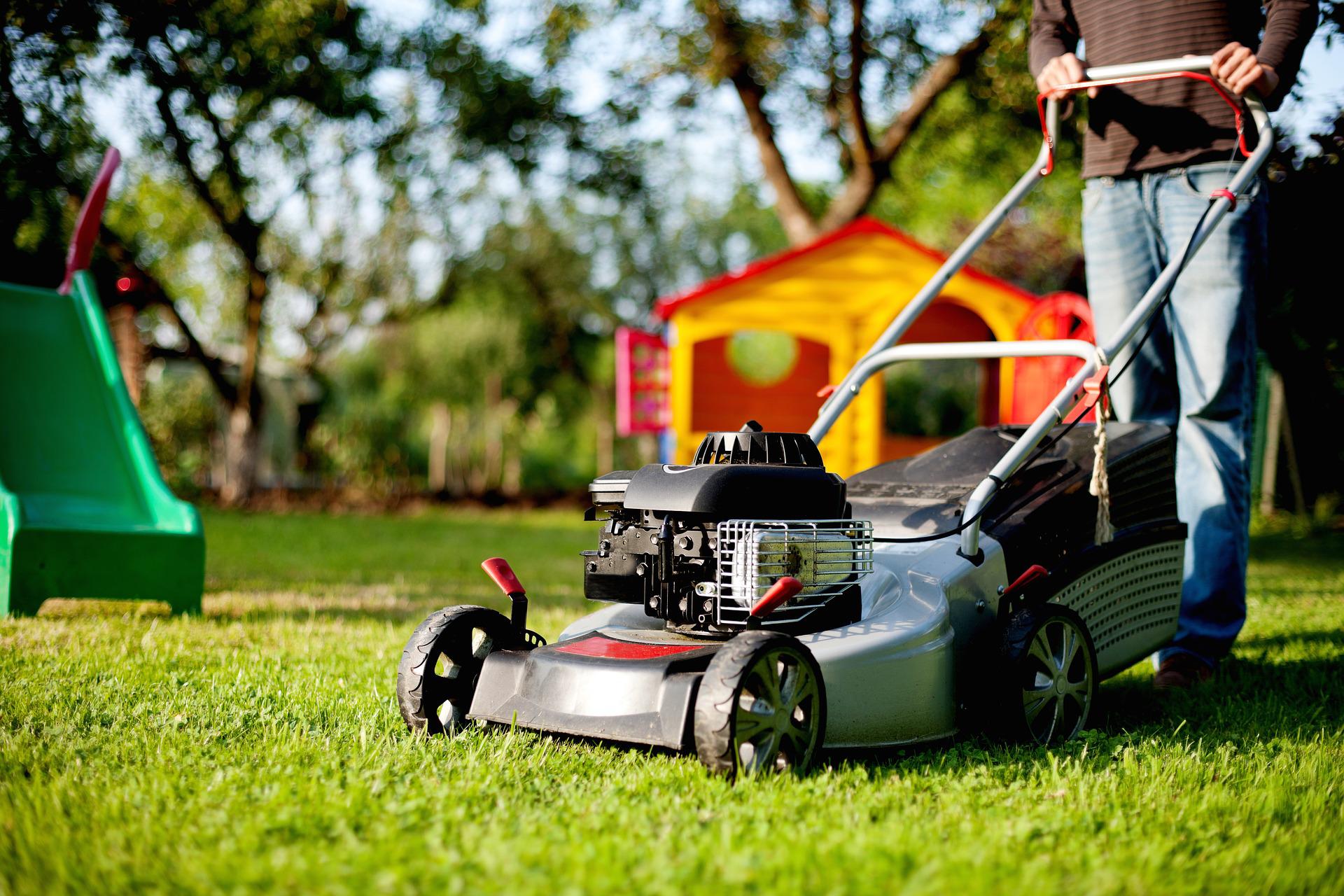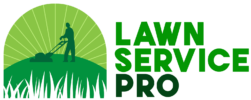Follow This Lawn Maintenance RoadMap for the Greenest Grass in Town
If you want to have the most beautiful lawn The secret is regular maintenance. Giving your lawn regular attention with trimming, weeding, mowing and aeration, will get your the lush green lawn you’ve always dreamed of. Use this lawn maintenance checklist to ensure that your lawn stays green on the other side of your fence.
What is on your Lawn Maintenance Checklist?
If it’s just a tiny grassy area or you’ve got a huge lawn suitable for weekend football games Every lawn requires regular care to keep it great.

1. Water
Yes, grass requires water in order to flourish, but not watering is probably one of the best decisions to make for an effective lawn.
If you don’t live in a place that is hot and dry, you should make sure to not water your lawn every day. Regular watering can hinder the grass from establishing deep roots. Instead try to water it more in a deeper way and less often.
Based on the climate of your area, one week per week is the norm, but in areas that experience rainfall during the growing season then you may be able to reduce the frequency to a lesser extent. The ideal time for watering is in the morning before sunrise. Do not water during high temperatures during the day as the water evaporates quickly. Also, you should be careful not to water during the evenings because it can promote the growth of fungi on lawns.
2. Mow
While nothing beats the fresh scent of freshly cut grass, the way and often you mow can affect the health of your lawn.
Don’t cut your grass to short. Longer grass is more resilient to stressors like heat , and needs less frequent irrigation. In addition, longer grass helps to ward off common lawn diseases like fungus and blight.
Mow using a unique way every time. This will prevent soil from being compacted and allows your lawn to expand in a uniform way. Also, avoid mowing when your grass is damp since this could damage the lawn. If you need to mow while the grass is still damp, follow these guidelines for mowing wet grass rules.
Maintain the lawn mower. Maintain the mower’s blades in good shape and carry out periodic tune-ups.

3. Weed
A large lawn with dandelions isn’t on everyone’s wish list. Healthy grass is able to outcompete the weeds There are a few ways to make sure you are protected.
- Make use of a weed and feed fertilizer at beginning of the growing season. It helps the grasses develop and also discourages certain plants.
- Dig weeds with your hands when you spot them
- Don’t allow weeds such as dandelions grow to a flowering stage. Those white fluffy balls are seeds that are waiting to sprout
- Do not use grass clippings for mulch when you have a large amount of weeds
- Use a long-handled weeding device to pull them out without stressing your back.
- Think about other options that aren’t toxic that aren’t toxic, such as the use of the vinegar or boiling water.
4. Fertilize
Based on the kind of grass you’ve got and the area you live in You’ll probably require fertilizing your lawn at least twice or once each year.
- Fertilize your lawn when it is growing and not during the time it is in dormancy.
- The cool-season grasses are fertilized in the fall , and after that, lightly in early spring.
- These warm season grasses are fertilized in spring.
- Don’t over-fertilize.Follow the instructions of the manufacturer carefully otherwise your lawn could be burned and then turn brown.

5. Mulch
Making use of grass clippings for mulch is another method to nourish your lawn.
You should look for a mower which is mulching mower. After you’ve cut your grass, it recirculates under the blades and cut the clippings even further.
The smaller, shorter clippings break down more quickly. If you own bag mowers and take them out of your bag from its container, then you could be left with longer grass clippings. The longer clippings can be great mulch, they require more time to degrade.
However, if there are a lot lawn weeds, it isn’t a good idea to mulch this way, because it could spread seeds. Make use of a bag mower or rake clippings into a pile until the weeds are in control.
The fall is the time to put some of your autumn leaves on your lawn and cut them back to make an organic mulch.
6. Rake
Raking your lawn clears it of any debris, including the fallen leaves, branches or branches. It’s also an excellent method to get rid of thatch, a dead plant material that forms between the blades of grass. The removal of thatch keeps your lawn healthy and healthy by allowing air and water to get to the soil
- Raking your lawn clears it of any debris, like falling branches, leaves and fallen trees.It’s also an excellent way to eliminate thatch, the dead plant matter that accumulates between the blades of grass.The removal of thatch keeps your lawn healthy and healthy by permitting air and water to penetrate the soil
- Make use of a thatch rake get rid of dead plant material that has built up on your lawn.
- Take it off if it is close to being one inch thick

7. Repair When It's Needed
Even the best-maintained lawns could be in need periodic repairs. If your lawn appears uneven areas or has thinned areas it is possible to oversee it.
- Overseed your lawn in the springtime in spring lawn care. spring lawn maintenance routine. The latter part of summer and the beginning of autumn are also good time to overseed. The soil should be warm enough to permit the seeds’ the germination process.
- Take the thatch off the area you’d like to monitor
- Make sure to add a mulch or compost rich soil
- Spread the seeds out evenly
- Keep the soil the soil moist for 2 weeks, until seeds begin to grow.
- Be sure to keep at the top of areas that are thinning for overseeding to avoid having to completely redo your lawn
If your lawn appears worse than just a handful of patches, it might be time to think about the bigger task of reveeding your lawn.
8. Keep an eye on the Dirt
The turf you have in your yard grows in the soil. And that soil also requires attention!
- Examine your soil in early spring to find out the PH balanced it’s got.In general, you should aim for to have a PH range between 5 to 7.
- Make adjustments to your soil based on the present needs Your soil might be too acidic or alkaline.The soil that is acidic can be balanced by lime, while alkaline soils can be balanced by a Sulfate.
- Apply the compost rich soil on your lawn at the close of the autumn period (before when the frosts begin to appear).It will begin to break down into soil in the winter.
- Look the area for signs of fungal growth the areas of patchiness.
- Be on the lookout for small grass grubbers.

9. Aerate
Food, water and sun are essential to the health that your lawn enjoys. Did you realize that your lawn also requires air? Aerating your lawn can ensure that water and nutrients go all through to the roots of your lawn.
- It is recommended to aerate your lawn at minimum every year at least once in the early spring or during the autumn. Aerate your lawn whenever you notice that the soil appears to be compacted.
- Make use of a push aerator which is hand-held and user-friendly, or lease a gas Aerator to cover a bigger area in a shorter amount of time
10. Edge
The gardener’s best-kept tool. Edging provides neat linear edges for your beds. It can also help to keep your lawn from expanding into the bed.
Homeowners can make use of a hand-held edger to maintain their lawns tidy on beds and walkways. It is also possible to use gas or electric trimmers (or hire one) to finish the task.

Checklist of Lawn Maintenance for the Season
The first day of spring is among the best occasions to show your lawn a little appreciation.
- Check the health the condition of your lawn.Spring is the ideal time to overseed your lawn or reseed it. lawn.
- Rake the thatch and then remove it.
- Fertilize your grass
- The cool-season grasses are best fertilized in fall and after that, lightly in the spring.
- The warm-season grasses are fertilized in the spring.
- A lot of gardeners prefer to apply a weed and feed during this time which is a mix of herbicide for killing weeds and fertilizer to boost grass growth.
- Incorporate compost or planting soil to create thin, evenly spaced patches
In the autumn, especially in the late summer and early autumn your lawn care checklist should comprise the process of reseeding and overseeding the lawn. This is the perfect time to plant seeds since:
- The soil is warm enough to allow the seeds’ the process of germination.
- The weeds won’t be as in the wild, which means your seeds won’t be required to be competitive.
- There will be plenty of time for grass to develop before the first frost.
Your autumn checklist for lawn care should comprise:
- Making leaves but leave a few in the grass for natural mulch for your garden.
- Directly on top of the leaves to make the appearance of a mulched leaf
- The cool-season grasses are best fertilized in fall and later again in the spring.

What tools do you require to Keep Your Lawn Looking Great?
While the list of chores might seem lengthy however, the good thing is that you do not require a lot of extravagant equipment to keep the common lawn in good shape. The most expensive item you can purchase is an all-new grass mower.
- Garden rake
- Thatch Rake
- Spreader to spread fertilizer or seeds
- Lawn mower
- Aerator
- Edger
- Sprinkler
- Hose
- Kit for testing soil
Any time of the season, following a consistent lawn maintenance routine will keep your lawn lush and healthy. If lawn care takes all part of your day, you could take into consideration hiring an experienced lawn care service in your area to take care of the lawn for you.
